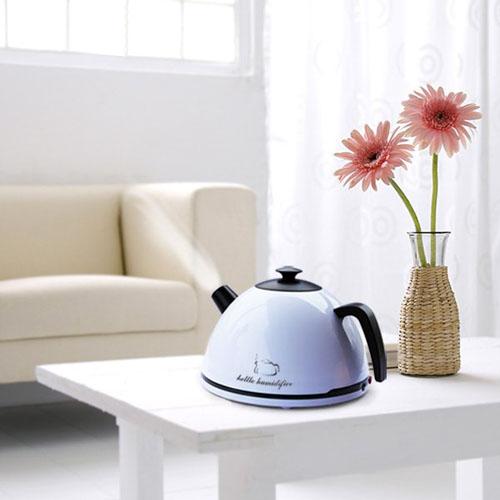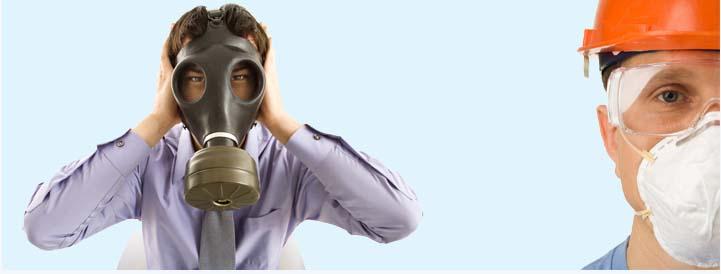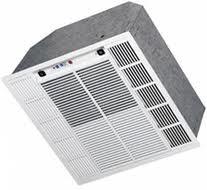In today’s world, where air quality is often compromised by pollutants, allergens, and other airborne irritants, ensuring that the air we breathe is clean and safe has never been more crucial. Whether you’re navigating the hustle and bustle of city life or seeking refuge in the tranquility of the countryside, the quality of the air inside your home can significantly impact your health and well-being. That’s where air purifiers come into play. These essential devices are designed to transform your living space into a sanctuary of fresh, clean air, free from the invisible particles that can trigger allergies and respiratory issues. In this guide, we’ll explore the most effective air purifiers available, helping you make an informed choice for your home and loved ones. Our goal is to empower you with the knowledge needed to breathe easier, ensuring peace of mind and a healthier environment for all.
Understanding Air Quality and Its Impact on Health
Air quality plays a crucial role in our overall well-being, influencing everything from respiratory health to mental clarity. The air we breathe can be filled with pollutants such as dust, pollen, pet dander, and harmful gases, which can exacerbate allergies, asthma, and other respiratory issues. Understanding how these pollutants affect our health is the first step in creating a healthier living environment. By investing in an effective air purifier, you can significantly reduce indoor air pollution and protect your health.
- Reduces Allergens: Air purifiers are particularly beneficial for those suffering from allergies. They filter out common allergens like dust mites, pollen, and pet dander, which can trigger allergic reactions.
- Improves Respiratory Health: By removing pollutants from the air, purifiers can help ease symptoms of asthma and other respiratory conditions, leading to easier breathing and better sleep quality.
- Enhances Mental Well-being: Clean air is linked to better cognitive function and reduced stress levels. Breathing purified air can lead to increased productivity and overall mental clarity.
| Air Purifier Feature | Benefit |
|---|---|
| HEPA Filters | Captures 99.97% of particles as small as 0.3 microns |
| Activated Carbon Filters | Removes odors and volatile organic compounds (VOCs) |
| UV-C Light | Kills bacteria and viruses, enhancing overall air quality |

Key Features to Look for in an Air Purifier
Choosing the right air purifier can significantly enhance the quality of the air you breathe indoors. Here are some key features to consider when making your selection:
- HEPA Filters: Look for purifiers equipped with True HEPA filters that capture at least 99.97% of particles as small as 0.3 microns, including dust, pollen, and smoke.
- Activated Carbon Filters: These filters are crucial for removing odors and volatile organic compounds (VOCs), ensuring fresher air.
- Noise Level: Consider devices with a quiet operation, especially if you’ll use them in bedrooms or workspaces.
- Room Size Compatibility: Ensure the purifier is suitable for the size of the room. Most manufacturers provide a recommended room size in square feet.
- Energy Efficiency: Look for models with the Energy Star certification to save on electricity bills without compromising performance.
- Smart Features: Some modern air purifiers offer connectivity options, allowing you to control settings via smartphone apps or voice commands.
| Feature | Benefit |
|---|---|
| HEPA Filter | Captures small particles and allergens |
| Activated Carbon Filter | Removes odors and harmful gases |
| Smart Features | Convenient control and monitoring |

Top Air Purifiers for Different Needs and Budgets
Finding the perfect air purifier can be a daunting task with so many options available, but understanding your specific needs and budget can simplify the decision-making process. Whether you’re looking for an affordable solution for a small space or a high-end model with advanced features, there’s something for everyone.
- For Budget-Conscious Buyers: Consider models like the Levoit Core 300, which offers excellent filtration at a wallet-friendly price. It’s compact, energy-efficient, and perfect for small to medium-sized rooms.
- For Allergy Sufferers: The Honeywell HPA300 is a popular choice, known for its robust HEPA filtration system that effectively captures allergens, dust, and pet dander.
- For Tech Enthusiasts: The Dyson Pure Cool TP04 not only purifies but also provides real-time air quality reports. Its sleek design and smart features make it a top pick for tech-savvy users.
| Model | Best For | Price Range |
|---|---|---|
| Levoit Core 300 | Budget-Friendly | $100 – $150 |
| Honeywell HPA300 | Allergy Relief | $200 - $250 |
| Dyson Pure Cool TP04 | Smart Features | $500 – $600 |
Choosing the right air purifier not only enhances your living environment but also ensures healthier breathing for you and your loved ones. Prioritize what matters most to you—be it cost, features, or specific health needs—and breathe easier knowing you’ve made an informed decision.

Expert Tips for Maintaining Your Air Purifier for Optimal Performance
Maintaining your air purifier is essential for ensuring it operates at peak efficiency. Here are some expert tips to keep your device running smoothly and effectively:
- Regular Filter Checks: Ensure that you inspect the filters regularly. A clogged filter can hinder performance. Depending on your model, filters may need cleaning or replacement every 3-6 months.
- Location Matters: Place your air purifier in a location that allows unobstructed airflow. Avoid corners or tight spaces where the device might not be able to circulate air properly.
- Scheduled Maintenance: Set reminders for routine maintenance. Cleaning the exterior and ensuring vents are free from dust can significantly enhance performance.
| Task | Frequency |
|---|---|
| Filter Inspection | Every 3 Months |
| Exterior Cleaning | Monthly |
| Deep Clean | Biannually |
To ensure your air purifier serves you well for years, it’s crucial to be proactive about maintenance. Using genuine replacement parts is key to keeping the unit functioning as intended. Always refer to the manufacturer’s manual for specific guidance tailored to your model.








































